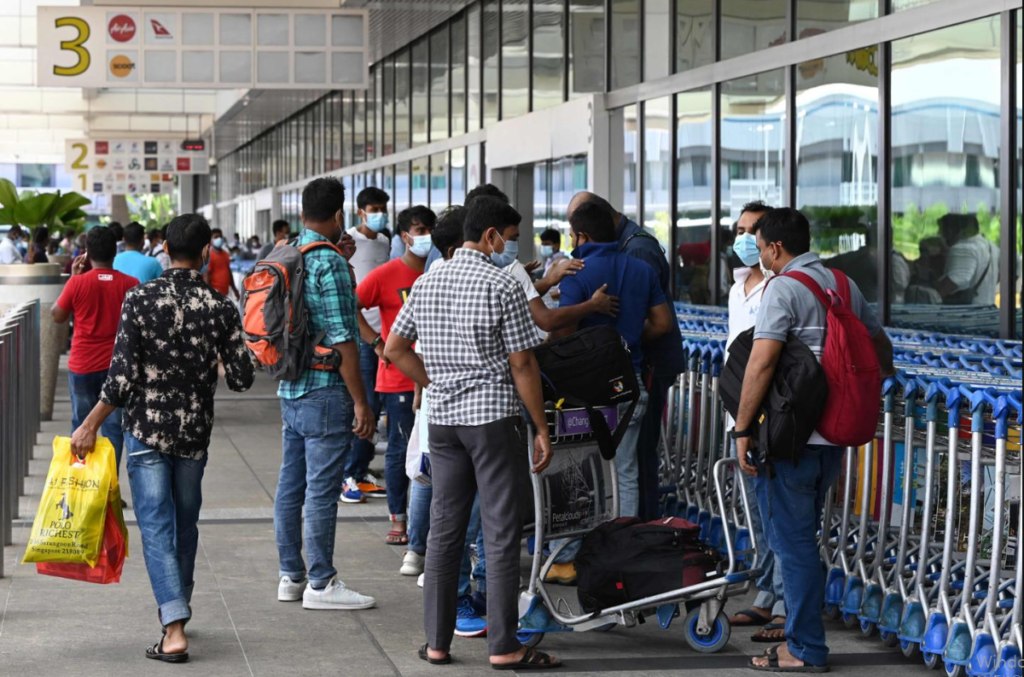
Singapore’s population has exceeded 6 million for the first time ever. It is an encouraging phenomenon for Singapore, which has been struggling with low birth rate and aging population for decades and the resulting shortage of manpower. There was no significant change in the number of local citizens, but the increase in foreign inflows was the main factor.
According to Singapore’s public broadcaster CNA on Sunday, the National Population and Talent Department (NDTP) announced that the total population in Singapore stood at 6.04 million as of June. The figure is up 2 percent from the same time last year. It is the first time since the country was founded in 1965.
The number of citizens with citizenship and permanent residency stood at 4.18 million (69 percent of the total), similar to last year’s figure. However, the number of non-resident population (1.86 million) increased by 5 percent year-on-year, driving the expansion of the population. The term “non-resident population” refers to foreign workers and dependents, foreign domestic workers and international students who have been granted work permit. This does not mean that the number of foreign workers has increased due to the birth of more children, but rather that the influx of foreign workers has been greater.
Singapore has been suffering from low birthrates and aging populations for more than 40 years. Since the total fertility rate (the number of children expected to give birth to a woman during childbearing age) reached 1.43 in 1986, Singapore has implemented various policies such as providing childbirth incentives, expanding childbirth and childcare leave, and introducing foreign domestic workers.
However, the actual number of babies being born is decreasing every year. The total fertility rate of Singaporeans hit a record low of 0.97 last year. It is closely following Korea (0.72 children), which is the lowest in the world. One in five people (19.9 percent) is 65 years or older, and is on the verge of entering the super-aged society (20 percent or more of the population aged 65 or older).
In order to cope with the resulting labor shortage, the Singaporean government is actively accepting foreign workers. Foreign workers are known to be engaged in jobs that Singaporeans are reluctant to do, such as construction, marine shipbuilding, manufacturing, service, and housework, and account for about a third of the gross domestic product (GDP). The non-resident population has been steadily increasing every year since 2021, during the COVID-19 pandemic.
“The increase in the non-resident population has helped to provide the services needed to meet Singaporeans’ social and economic needs by supporting care and filling jobs that residents are generally reluctant to do, such as construction jobs,” the Singapore Department of Population said in a report containing the results of the survey.
JULIE KIM
US ASIA JOURNAL



